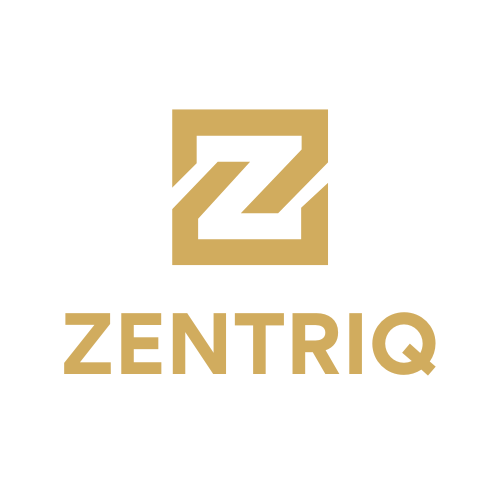THE ZENTRIQ PROTOCOL
The Operational Standard for Verified Governance in European Micro and Small Enterprises
ZENTRIQ is not a guideline.
It is a closed protocol—modular, auditable, enforceable.
It defines the minimum viable structure for ethical, compliant, and risk-aligned enterprise operations.
Each certified entity functions as an operator of the system, not as an interpreter.
Each auditor acts as the final verifier, not a consultant.
Each pillar below represents a non-negotiable foundation of the ZENTRIQ framework.
The ZENTRIQ Governance Model outlines the separation of duties, risk exposure boundaries, and internal accountability architecture that every certified enterprise must adopt. It defines:
-
Entity structure and internal roles (legal representative, financial operator, risk verifier)
-
Decision-making checkpoints and veto mechanisms
-
Required documentation: Articles of Association, mandates, internal charters
-
Conflict of interest management and declaration protocols
ZENTRIQ mandates a triadic operational model:
-
Controller – responsible for primary data, financial entries, HR and supplier intake
-
Investigator – performs first-level checks, KYC/AML, background screening
-
Auditor – independent role that verifies the full chain and issues formal validation
Each process must include visible role handovers, recorded timestamps, and a signed digital or physical trail. No single person may perform all three roles.
3. Quarterly Rhythm & Audit Cycles
ZENTRIQ-certified entities operate on a strict quarterly cycle, structured as follows:
-
Week 1–3: Operational data entry and first-line validations
-
Week 4–6: Investigator checks and risk scoring
-
Week 7–9: Auditor review, escalation if needed
-
Week 10–12: Formal deposit of data (ICP, VAT, tax reports), certification closure
Each quarter closes with a timestamped certification archive, ready for institutional access (upon request).
Integrity is multi-dimensional. ZENTRIQ mandates verification in four independent domains:
-
Financial Integrity – reconciliation, metadata validation, anti-fraud markers
-
Digital Integrity – system access logs, cybersecurity hygiene, data handling
-
Human Integrity – identity verification, employment law compliance, behavioral flags
-
Cultural Integrity – values alignment, communication tone, internal climate metrics
Each layer must be documented with concrete evidence and risk classification.
5. Certified Tools & Formats
ZENTRIQ operates with certified forms, file formats, and tools, approved by ITECA and periodically reviewed. These include:
-
Standardized invoice intake and validation templates
-
AML checklist protocols (in line with EU 6AMLD)
-
KYC/KYS profiles and decision trees
-
ICP and salary declaration formats
-
Audit logs and process certification templates
No unstructured or unverifiable documentation is accepted.
ITECA retains authority to revoke tool approval at any time.
6. Escalation and Remediation Processes
ZENTRIQ includes a built-in escalation ladder for process anomalies, errors, or risk flags. This includes:
-
Immediate process halt by Auditor or Investigator
-
Formal review initiated within 48 hours
-
Root cause analysis and remediation record
-
Resumption only upon Auditor’s signed clearance
Repeated failures, systemic manipulation, or falsified remediation may result in certification suspension.
7. System Enforcement by ITECA
ITECA acts as the final guarantor of ZENTRIQ’s authority. Its enforcement mechanisms include:
-
Independent inspections and cross-audits
-
Public suspension of entities failing structural checks
-
Revocation of access to certified forms and dashboards
-
Reporting to relevant institutions (regulators, chambers, tax authorities)
-
Removal of Auditor credentials and role bans if abuse is detected
Certification is not permanent—it is conditional and earned quarterly.
No Room for Grey Areas
ZENTRIQ is not a set of best practices.
It is a compliance infrastructure with verifiable input, process, and output.
Any deviation invalidates certification. Any ambiguity triggers scrutiny.
Entities that operate under ZENTRIQ are trusted not because they claim integrity—
but because they are built to prove it.
